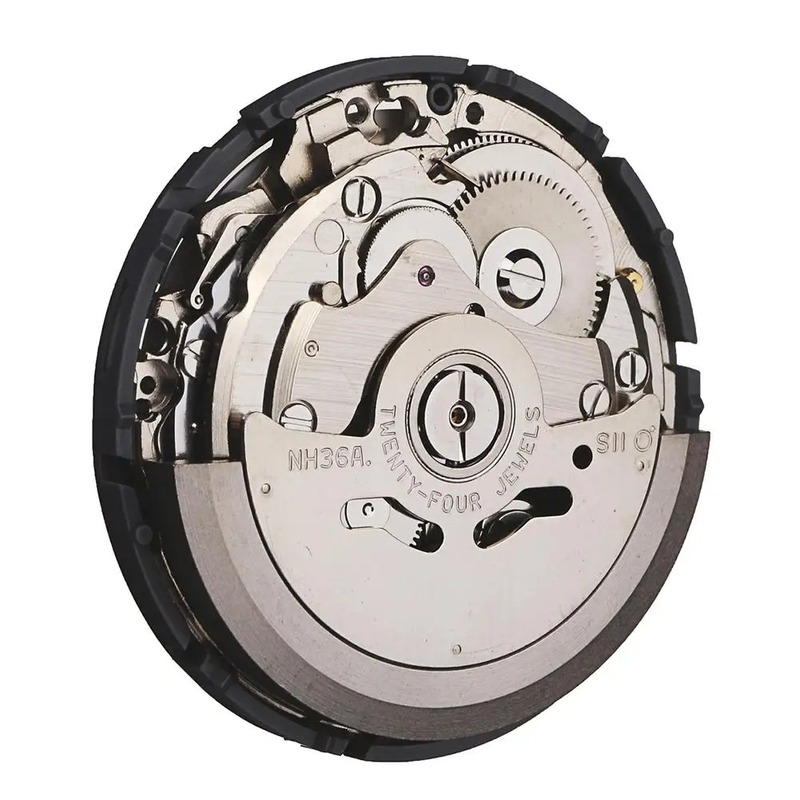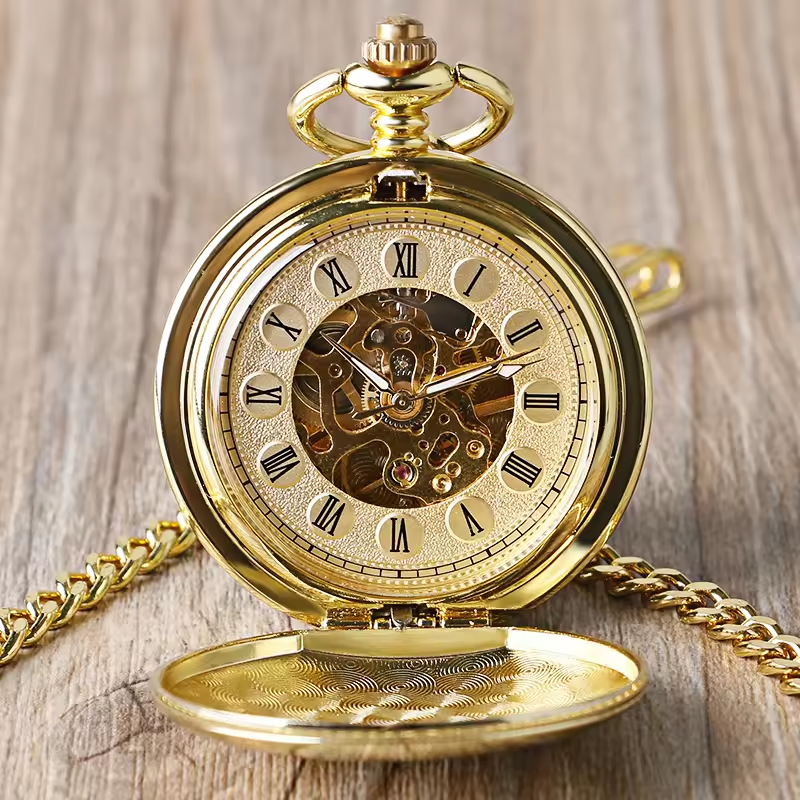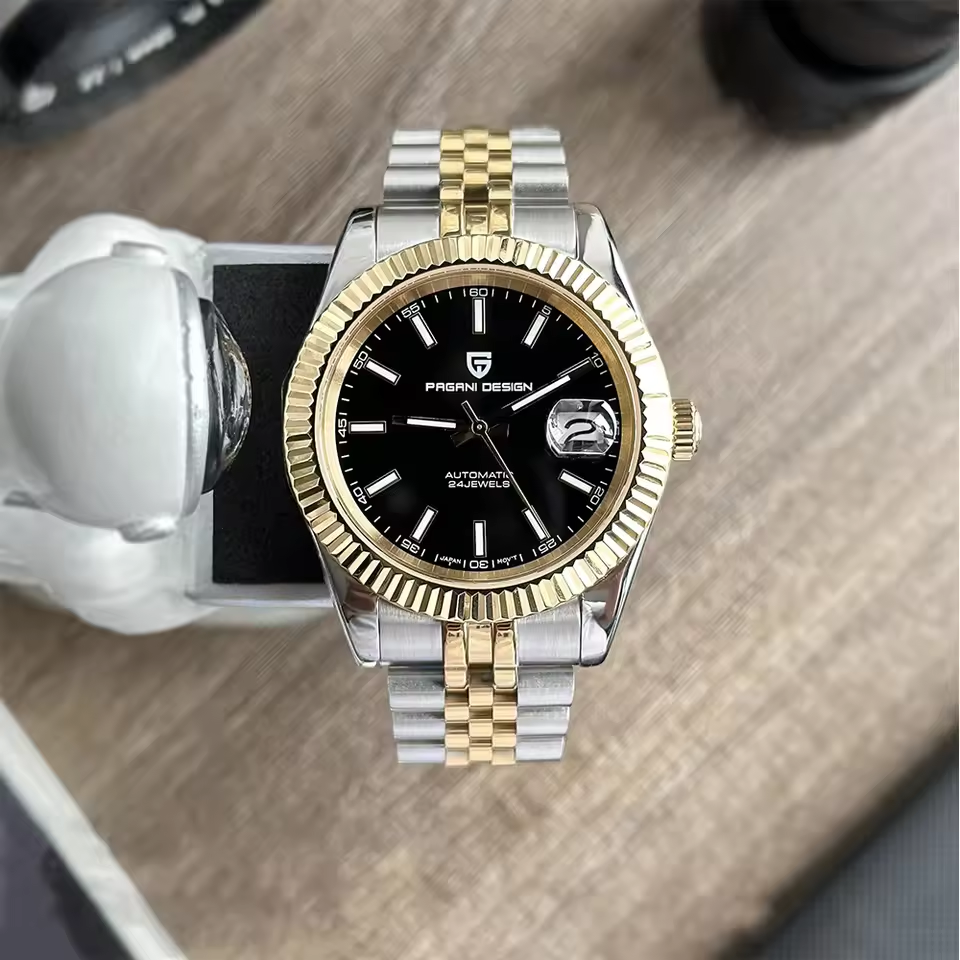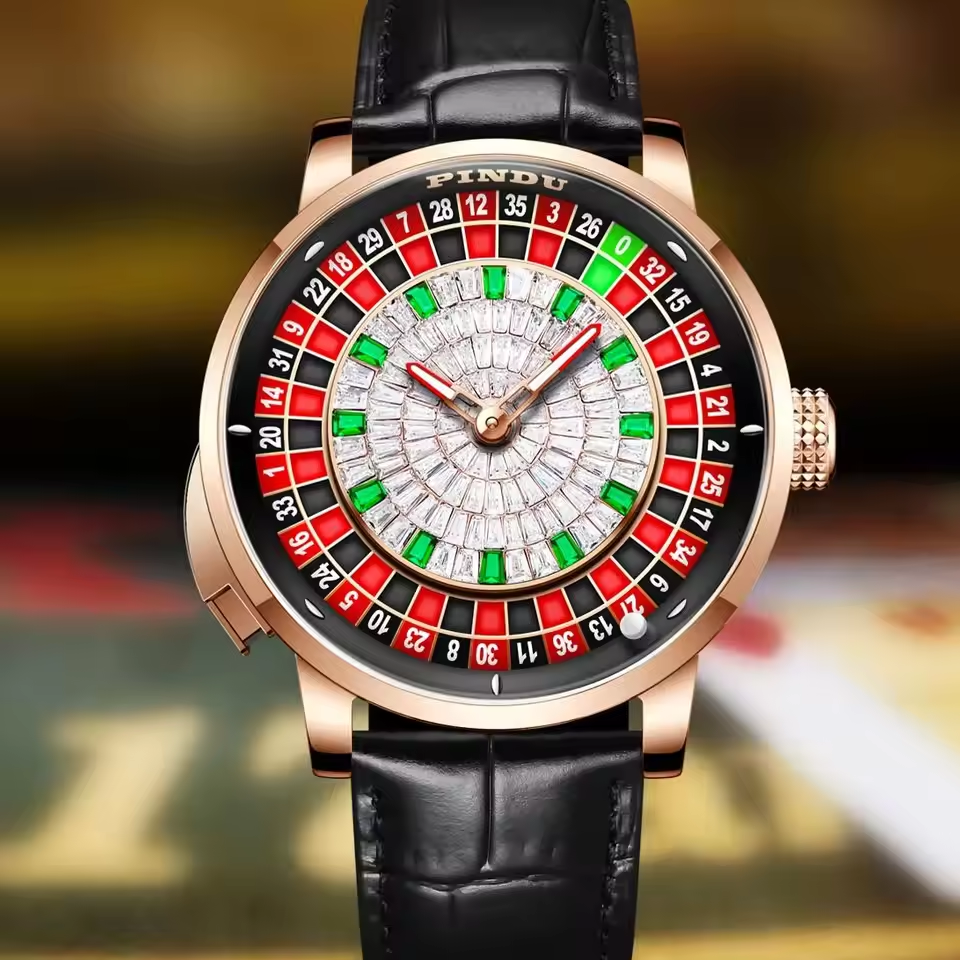The History of Mechanical Watch Movements
Mechanical watch movements represent a pinnacle in the art of precision and craftsmanship. From ancient spring-driven clocks to the sleek wristwatches adorning wrists today, mechanical watch movements have evolved remarkably over the centuries.
The Evolution from Spring-Driven Clocks to Wristwatches
The journey of mechanical watch movements began with the invention of spring-driven clocks in the 15th century. These early timekeeping devices paved the way for portable watches. By the 17th century, pocket watches emerged. These watches harnessed energy from a wound spring that powered intricate gears. The advent of the wristwatch in the early 20th century brought timekeeping to the wrist, marking a significant shift in how people interacted with time.
Key Milestones in Mechanical Movement Development
Several key milestones define the history of mechanical watch movements. The invention of the hairspring in the 17th century allowed for more precise timekeeping. This innovation preceded the creation of the minute hand, which provided an even greater level of accuracy. The introduction of jewels as bearings in the 18th century reduced friction, enhancing the movement’s longevity and reliability. The 19th century witnessed the birth of mass-produced movements, making timepieces more accessible to the public. The 20th century brought the rise of automatic movements, which harness the energy of the wearer’s movements to wind the mainspring. Each of these developments has contributed to the complex history and evolution of mechanical watch movements.
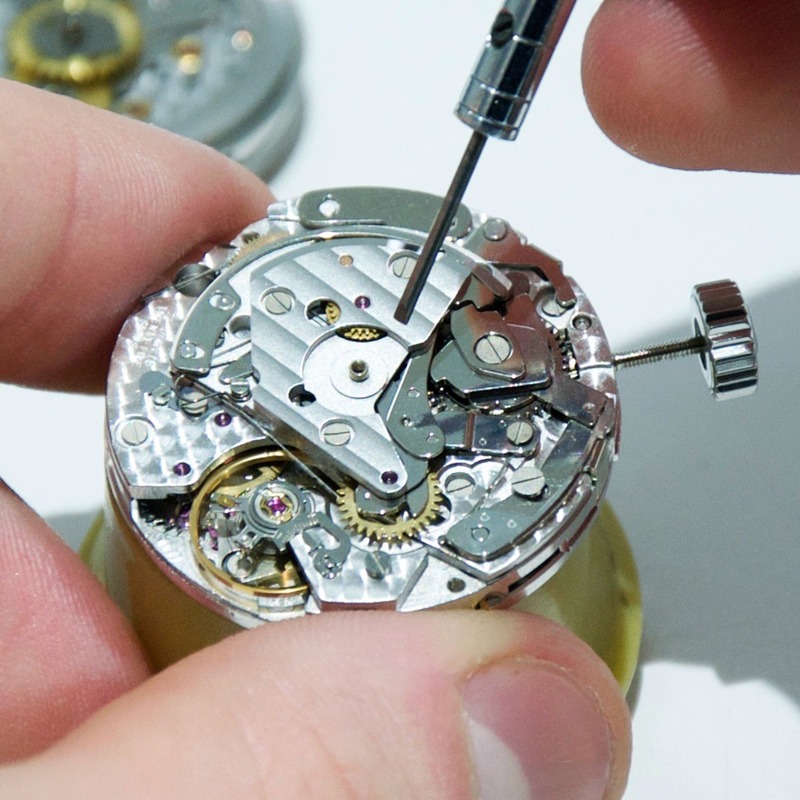
Types of Mechanical Watch Movements
Beyond their rich history, mechanical watch movements come in various types, each with unique characteristics and functionalities.
Manual vs. Automatic Movements
Manual movements are the oldest type of mechanical watch movements. They require the wearer to wind the crown by hand to store energy in the mainspring. This ritual connects the wearer with the timepiece through a physical interaction, enhancing the personal value of the watch. Manual movements often have a power reserve that indicates how long the watch will function before needing another wind.
Automatic movements, by contrast, are a step up in terms of convenience. They eliminate the need for daily winding by harnessing the energy from the wearer’s wrist movements. A rotor, which moves with the wrist, winds the mainspring automatically, keeping the watch running continuously. Due to their self-winding nature, automatic watches tend to be more popular among those who prefer low-maintenance timepieces.
The Role of Quartz Movements in the Watch Industry
Quartz movements, introduced in the late 20th century, marked a departure from traditional mechanical engineering. They operate on a battery and a quartz crystal. The battery sends electricity to the quartz, which vibrates consistently. These vibrations drive the movement of the watch hands. Quartz watches are renowned for their accuracy and require less maintenance than their mechanical counterparts. While not mechanical, they have vastly influenced the watch industry by offering precision and affordability. They’re a reminder that, though mechanical watch movements showcase craftsmanship, modern advancements continually shape the watchmaking landscape.
How Mechanical Watch Movements Work
Mechanical watch movements are intricate systems powered by precise mechanics. Let’s unpack how they function.
The Energy Source and Power Reserve
The mainspring is the heart of a mechanical watch movement. It stores energy when wound. This energy gets released gradually, keeping the watch ticking. The power reserve shows how long a watch will run without winding.
The Gear Train and Escapement Mechanism
Energy travels from the mainspring through the gear train. This is what moves the watch hands. The escapement mechanism regulates the energy release, ensuring accuracy in timekeeping.
The Balance Wheel and Time Regulation
The balance wheel, together with the hairspring, swings back and forth. This oscillation controls the time intervals, maintaining consistent time measurement. It’s key for precision in mechanical watch movements.
Anatomy of a Mechanical Watch Movement
To fully appreciate the elegance and intricacy of mechanical watch movements, one must delve into their anatomy. This complex system is a symphony of numerous parts working in unison.
Understanding the Main Components
A mechanical watch movement’s anatomy is awe-inspiring. The main components include:
- Mainspring: This is the power source. It stores energy when wound.
- Gears: They transmit the energy from the mainspring to move the hands.
- Escapement: This component regulates the power release and keeps time.
- Balance Wheel: Oscillates to measure out precise time intervals.
- Jewels: Reduce friction at points of high wear, improving accuracy and longevity.
These elements, when assembled by skilled watchmakers, breathe life into the timepieces we cherish.
The Complexity of Complications
Complications in watches go beyond telling time. They refer to any function a watch has that isn’t simply displaying hours, minutes, and seconds. Chronographs, calendars, moon phase indicators, and tourbillons are among such complexities. Complications showcase the zenith of a watchmaker’s craftsmanship and the watch’s mechanical prowess.
Each complication adds layers of sophistication, necessitating precision engineering and design. Remember, with more complications comes the need for meticulous maintenance to ensure the longevity of the watch’s functionality.
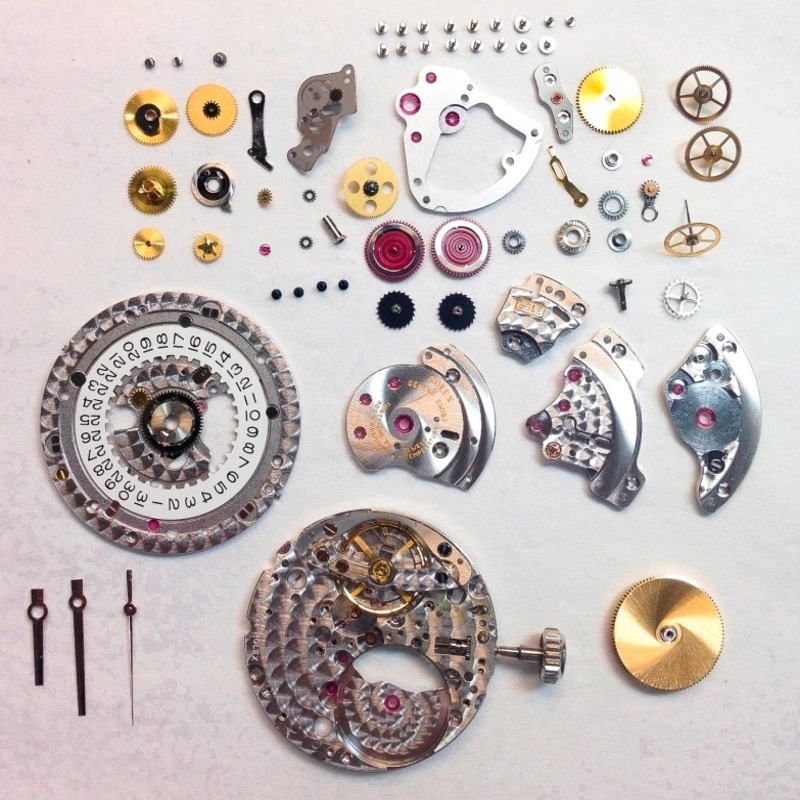
The Craftsmanship Behind Watch Movements
The charm of a mechanical watch lies not just in its aesthetic, but deeply in the craftsmanship of its movements. This craftsmanship is the art of combining tradition and precision, where every piece springs from both innovation and homage to watchmaking heritage.
The Art of Watchmaking and Movement Design
Watchmaking is an old tradition. It blends artistic design with functional precision. Master watchmakers hand-assemble tiny components with care. Each part, from the smallest screw to the mainspring, is crafted for perfect fit and harmony. The design process is as critical as the assembly. It takes vision and expertise. The design must ensure reliability and an exact time display. Attention to detail is paramount. The result is a movement, not just functional, but also beautiful. It tells time and tells a story of skill.
Precision Engineering in Modern Movements
As we celebrate the past, we also embrace modern technology. Today’s movements feature precision unseen in earlier eras. Computer-aided design (CAD) tools aid in creating intricate components. This fusion of old-world craftsmanship with new-world technology delivers unparalleled accuracy in mechanical watch movements. High-tech materials reduce wear and tear. Advanced lubricants make movements smoother. Even with new tech, the essence remains. It’s meticulous, careful work. A modern mechanical movement is a tiny marvel of engineering, with each ticking second a tribute to the watchmaker’s art.
Maintaining Mechanical Watch Movements
To ensure the endurance and accuracy of mechanical watch movements, regular maintenance is crucial.
Routine Cleaning and Lubrication
Regular care involves routine cleaning and lubrication. Dust, dirt, and perspiration can infiltrate a watch, affecting its movement. Owners should clean the case and the crystal gently with a soft cloth. However, internal cleaning is best left to professionals. Lubrication is also vital to reduce wear on the movement’s parts. As oils deteriorate over time, reapplying lubricants is necessary to maintain smooth operation of gears and bearings.
Professional Servicing and Repairs
Professional servicing is recommended every 3 to 5 years. During servicing, a watchmaker disassembles the movement, cleans all components, and replaces worn parts. They also apply new lubricants and reassemble the watch, ensuring it operates at optimal performance. For repairs, seek a qualified watchmaker, especially when dealing with high-value or antique timepieces. They will have the expertise to restore the movement to its original function, preserving the legacy of the watch.
Collecting Mechanical Watches: An Investment in Time
Collecting mechanical watches goes beyond a mere hobby; it is an investment in artistry and engineering. For collectors, these timepieces are treasures that combine technical prowess with aesthetic splendor.
Factors Affecting the Value of Mechanical Watches
Value in mechanical watch movements is dictated by several key factors. Rarity plays a pivotal role; limited edition or vintage watches are often more sought after. The brand’s reputation for quality and precision can significantly increase a watch’s worth. The complexity of the watch’s mechanics, including the number and intricacy of complications, also influences its value. Authenticity and original components are crucial; watches with original parts or those that have not been over-polished are valued higher. Lastly, provenance can add immense value, especially if the piece has historical significance or was owned by a notable figure.
Tips for Aspiring Collectors
For those starting a collection, here are a few tips. First, research the market to understand the pricing and demand for different models and brands. Invest in quality over quantity; a single valuable watch is often a better choice than several less significant pieces. When possible, buy from reputable dealers or auction houses to ensure authenticity. Maintenance is key so regular servicing will preserve the functionality and value of the watch. Lastly, be patient – building a meaningful collection takes time, but it is a rewarding journey for any enthusiast.
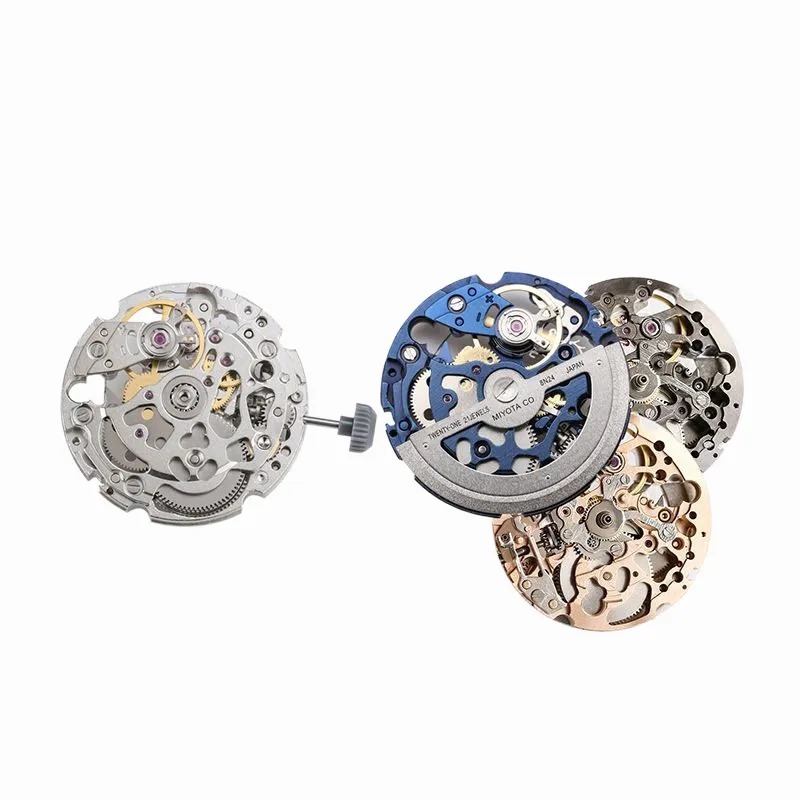
Innovations in Mechanical Movements
Innovation fuels the progress in mechanical watch movements. Brands strive to enhance performance and durability.
Advances in Materials and Technology
We see new materials shaping mechanical watch movements. Silicon parts resist wear and magnetic fields. They improve timing and last longer. Coatings on metals also reduce friction. This leads to fewer maintenance needs. Modern technology integrates with traditional watchmaking. For example, 3D printing creates complex parts with precision.
The Future of Mechanical Watch Movements
The future of mechanical movements is promising. Pushing boundaries, watchmakers explore new ideas in energy efficiency and compactness. Research in nanotechnology may create even smaller and more powerful movements. Hybrid designs could combine mechanical precision with smartwatch features. As collectors and enthusiasts watch, the mechanical movement’s story continues to evolve.
